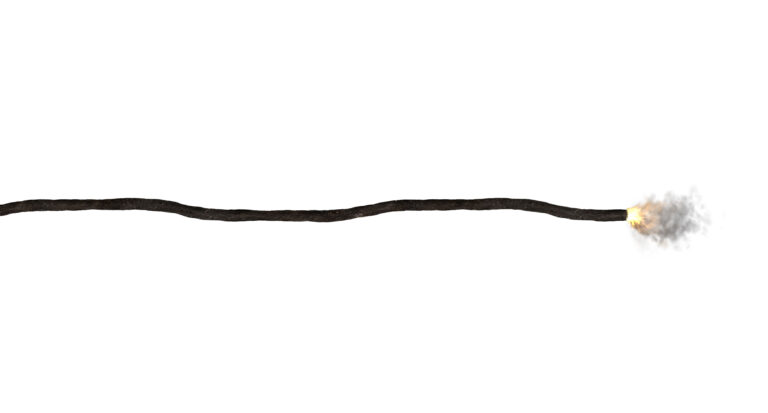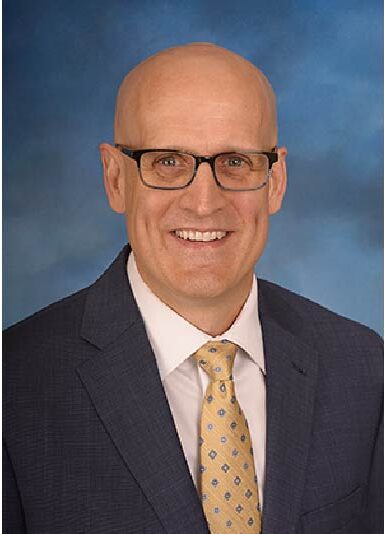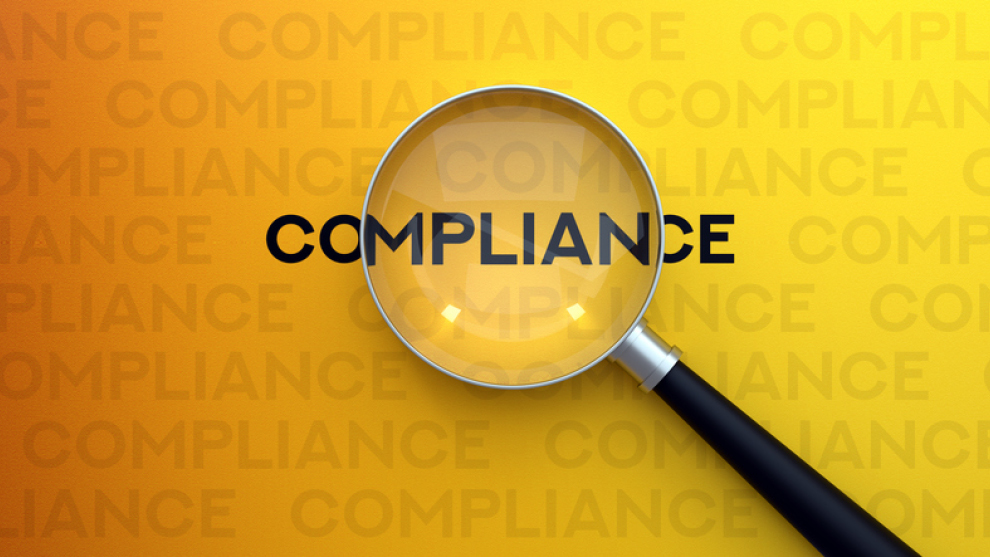
The Professionalism Education Working Group is frequently asked to publish articles on topics related to actuarial professionalism, including clarifying how the Code of Professional Conduct and the Actuarial Standards of Practice (ASOPs) apply in various scenarios. Our work explores key aspects of professionalism, focusing on the importance of integrity, accountability, and adherence to professional standards in all areas of actuarial practice. If you need additional counseling resources, the Actuarial Board for Counseling and Discipline is available at abcdboard.org. To make this truly a learning and professionalism experience, we want your feedback. You can send your comments and questions to ar@casact.org..
In this article, we ask you to put yourself in the shoes of an actuarial student, Ethan Hunt, who’s been working at Duck & Cover Insurance Company for four years since graduating from university. Last year, he passed Exam 5 and took the Course on Professionalism (COP) in August. He just recently passed the PCPA exam and project. He’s hoping to keep up the momentum this spring by passing Exam 6, the final exam he needs to become an ACAS. For the past two years, he’s been working with the Appointed Actuary in preparing the NAIC Statement of Actuarial Opinion (“SAO”), so he feels confident in knowing a good portion of the material.
June rolls around and he receives the great news from the CAS that he passed! But now what? He calls his boss.
“Hey, Sam, I just wanted to let you know that I passed Exam 6, but I’m not really sure what to do now.”
“Ethan, that’s great news! Congratulations! The next step is to go to the CAS website and apply for membership as an Associate. I know you’ve passed all your ACAS exams, so you have met the basic education requirements to apply. But have you been keeping track of your continuing education credits?”
“Oh no, I haven’t. I thought I only needed to meet them if I’m issuing an SAO, and we won’t be putting that together until early next year.”
“Well, that’s a common misconception. When the U.S. Qualification Standards, or USQS, refers to an SAO, it has a different meaning than the NAIC SAO that we work on. A statement of actuarial opinion refers to an opinion expressed while performing Actuarial Services, which are professional services provided to a Principal by an individual acting in the capacity of an actuary. So when you send me your methods and assumptions that back up your actuarial analyses, that’s a statement of actuarial opinion.”
“Wow! I wasn’t aware of that. I’ll look into those continuing education requirements and apply for membership.”
Ethan hangs up and navigates to the CAS website and applies through the CAS Portal.
In four weeks, Ethan is admitted as a member and cannot wait to be celebrated. However, instead of being celebrated at the upcoming CAS Annual Meeting in his hometown, he wants to defer his celebration to the CAS Spring Meeting at a remote island in the Caribbean. While the CAS has its own celebration deferral rules, deferring your new member celebration does not change your continuing education (CE) requirements in any way. In fact, Ethan needs to have sufficient CE credits when applying to the CAS as a new member and must continue to meet the CE requirements beginning on the date of his admission. Deferring his celebration will not change any of the requirements that he must meet as a new member.
One of the most exciting things about getting your ACAS or FCAS designation is that you can finally use these prestigious initials behind your name, and the most popular place to do that is, of course, your email signature. As you begin to use your actuarial credentials, all SAOs that you issue to your Principal are assumed to be SAOs as defined by the USQS. This is not to be confused with Specific SAOs, which are different from General SAOs. A Specific SAO refers to the formal statement an Appointed Actuary provides to an insurance company and relevant regulatory authorities; it expresses the actuary’s professional opinion on the adequacy and appropriateness of the company’s actuarial reserves and related liabilities. Some examples of General SAOs could include Ethan reviewing the data and stating that it appears reasonable or performing an analysis and concluding that the indicated rate change is 5%. As you begin to use your designations, remember that you are issuing SAOs.
In addition to the basic education requirements (e.g., the exams) and the continuing education requirements, the USQS also require that members meet the experience requirement before being able to issue an SAO. The experience requirement from the USQS states that to issue an SAO, you must have at least three years of experience, and those three years must be under review by an actuary qualified to issue the same SAO. This could be a challenge for members who progressed very quickly through the exams, such as Ethan, and might not have accumulated enough experience to issue an SAO, as he does not have the relevant three years of experience on the relevant subject area. To get around this, the inexperienced credentialed actuary may consider co-issuing the SAO with an otherwise qualified actuary, and that could be your peer or your manager.
Dues are also one of the things that you need to watch out for as a new member. The fiscal years run from October 1st of each year to September 30th of the following year. Also, CAS members who are not members of the American Academy of Actuaries are subject to additional fees. Depending on when you are admitted as a CAS member, your dues may be prorated. It’s important that you declare your membership affiliation with other organizations correctly so that the right dues are applied to you. There are also some special dues rules. For special dues rules, please visit www.casact.org/cas-membership-dues for more details on those.
Another thing that new members like Ethan need to be aware of is keeping a log of CE credits as they accumulate them. The USQS requires that you complete and document at least 30 relevant CE hours per calendar year. There is no required format for documenting your CE, but there is some recommended information that should be included. A sample log can be downloaded from the CAS website (https://www.casact.org/professional-education/continuing-education-policy/cas-continuing-education-record-review). Each year end, you will be required to certify compliance with the CAS CE Policy’s requirements (i.e., attestation).
For each individual article you read, each meeting session you participate in, or each webinar you attend, you need to record the date the CE is earned, the name of the sponsor (e.g., CAS, self-study, Regional Affiliate), the subject matter or name of the session, and how many CE hours you are claiming (one CE hour = 50 minutes of clock time). You should also indicate if the CE qualifies as an organized activity (six hours minimum), professionalism session (three hours minimum), bias-related topic (one hour minimum), or general business skills course (e.g., software training, three hours maximum). New members like Ethan will probably have enough credits after attending the COP and exam study time.
If you are attesting to complying with USQS Specific Qualification Standards because you issue an NAIC SAO, you must indicate which CE hours support those standards (15 hours minimum, of which six are organized). You might also include the area and sub-area of practice (e.g., pricing, CAT modeling), and the names of presenters. The CAS CE policy requires the annual review of CE records for a portion of its membership.
Your year-end attestation allows you to provide actuarial services in the following year. For example, if you attest compliance during the 2025 calendar year, you will be able to provide actuarial services in 2026. Refer to the CAS website for full details (https://www.casact.org/article/certify-compliance-cas-continuing-education-policy).
Your mission, should you choose to accept it, is to complete the above requirements. Do you have any additional questions about your mission? We want to hear your thoughts at ar@casact.org. This article will self-destruct in five seconds.












